



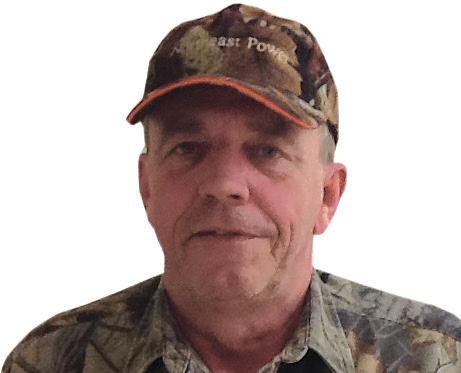
Mushroom Identification
I am rather new to the field of mycology so when I find an unfamiliar mushrooms, I do serious research on them before preparing them for a gourmet meal. I have hunted morel mushrooms for years and they are easy to identify. I only recently discovered many more mushrooms growing wild in our area are delicious to eat. In my research, I have also discovered “toxic” is a relative term. Some sources use the term toxic to mean it will kill a person in short order. Any thing else that will make a person mildly to severely ill is referred to as a mild gastric irritant. I would prefer a more standard classification that would group any mushroom that is going to make a person sick as “Do Not Eat.” That way, a person would know if they eat something on the Do Not Eat list, they are going to be sick, somewhere between mildly nauseated and dead. I will just skip these ones.
The mushrooms I forage can not be easily confused with something with varying degrees of toxicity. These include puffballs, chicken of the woods, golden and pearl oysters as well as the common morel. Last week, my son told me about some mushrooms growing along one of the (Outdoors cont’d on pg 2)


trails in the woods. He was not sure what they were but took a picture and said there were a lot of them. My immediate thoughts were that he had found the mother lode of chanterelles. Chanterelle mushrooms are highly sought after as they are one of the best tasting mushrooms around. They are used extensively in French cooking and pair well with steaks or about anything else a person can think of to put with them. I was excited at the possible find. My wife and I immediately went out to find them. From a distance, we spotted the large clusters of mushrooms growing on and near a dead oak tree. On closer inspection, they did not look exactly like chanterelles are supposed to. I picked a few and headed back to the house to do more research. My reference material confirmed that these delicious looking mushrooms were not the much sought after chanterelles. I
checked their section on look-alikes and found a picture that looked exactly like the mushrooms we had. The common name for them
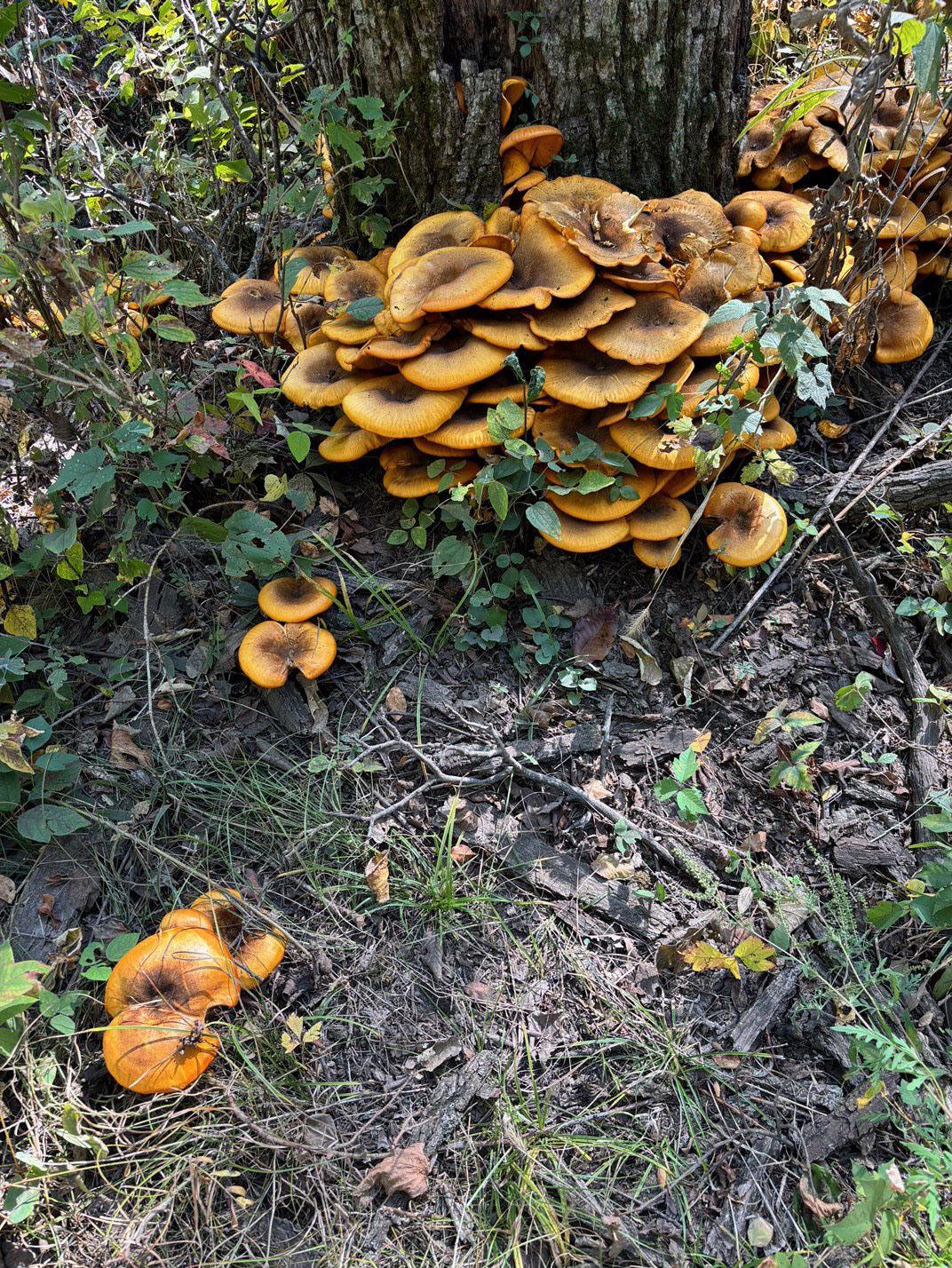
is jack-o-lantern. There are many similarities between jack-o-lanterns and chanterelles. The color is similar though generally more orange in jacks. The shape is very close, but chanterelles are generally smaller. To me neither of these made a definitive confirmation one way or the other. A person would have to have each side by side to compare color and size. The difference that confirmed my suspicion was that chanterelles grow in small clusters while jack-o-lanterns grow in
large groups. This was definitely a large group. My source said, the toxicity level of Jacks is not high. If a person mistakenly eats them, they will vomit for four to six hours. To me, that seems fairly toxic and something I will do my best to avoid. They may not kill you, but for four to six hours you might wish you were. One other interesting feature of jack-o-lantern mushrooms is they are supposedly bioluminescent. At times, they will glow in the dark bright enough to read by. At a stage in their growth cycle, they will put off a blue-white light to attract insects. Since we found this to be a curious adaptation for a mushroom, my wife and I waited until after dark to check it out. Our glow in the dark mushrooms were not glowing. Either this was not the right time in their life cycle or the source of my information was not entirely accurate, as in vomiting for six hours show a mushroom to be only mildly toxic.
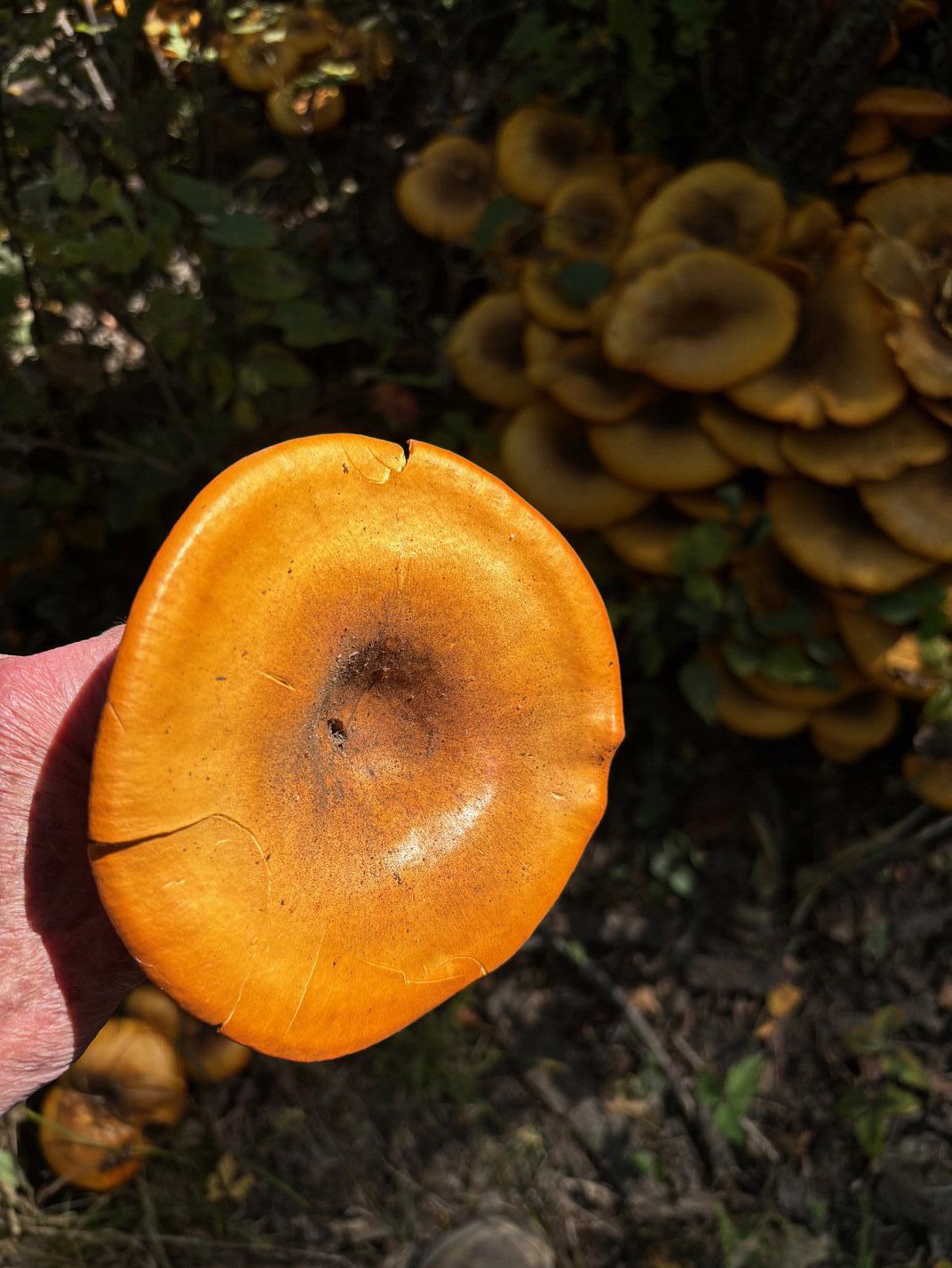
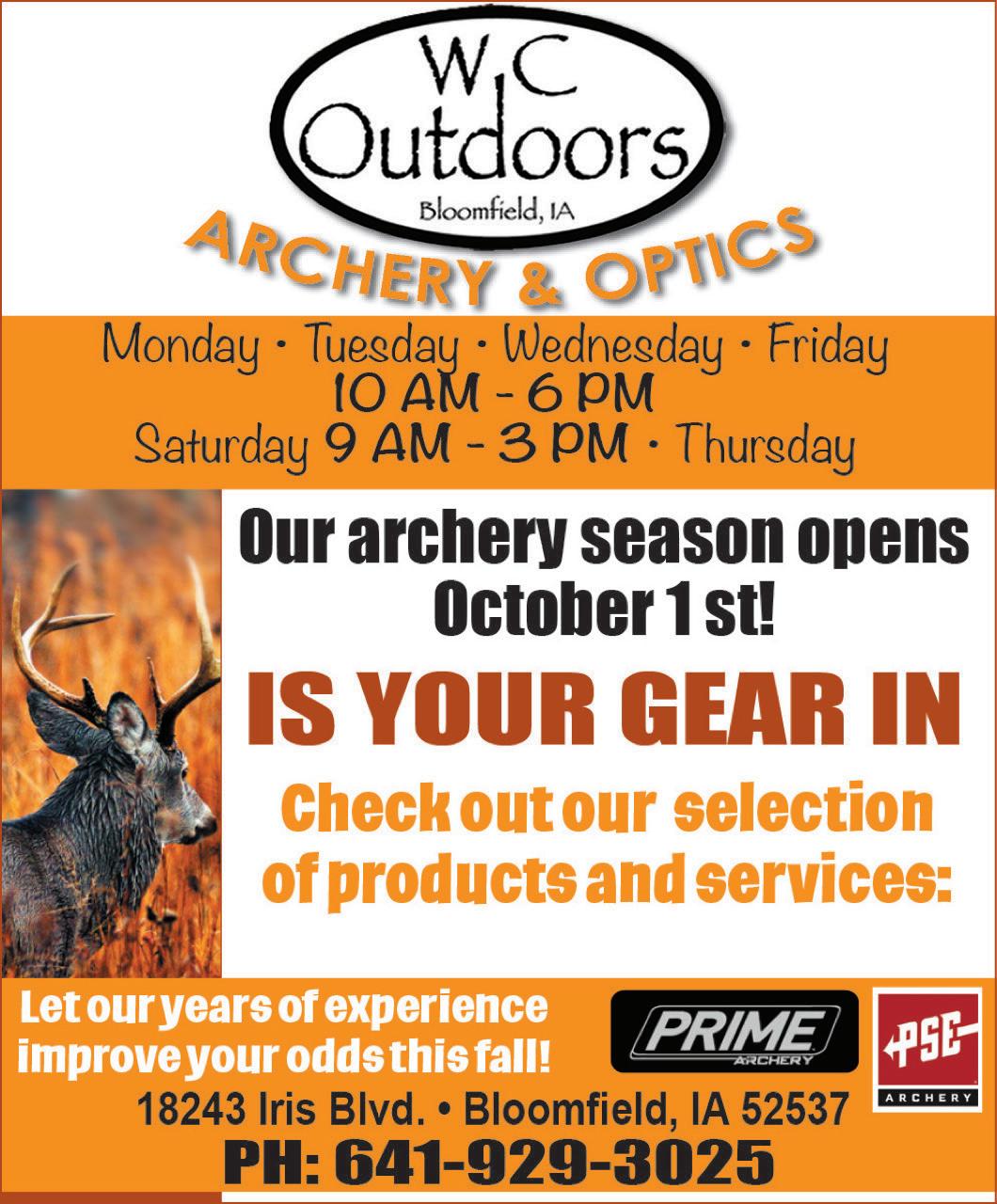
















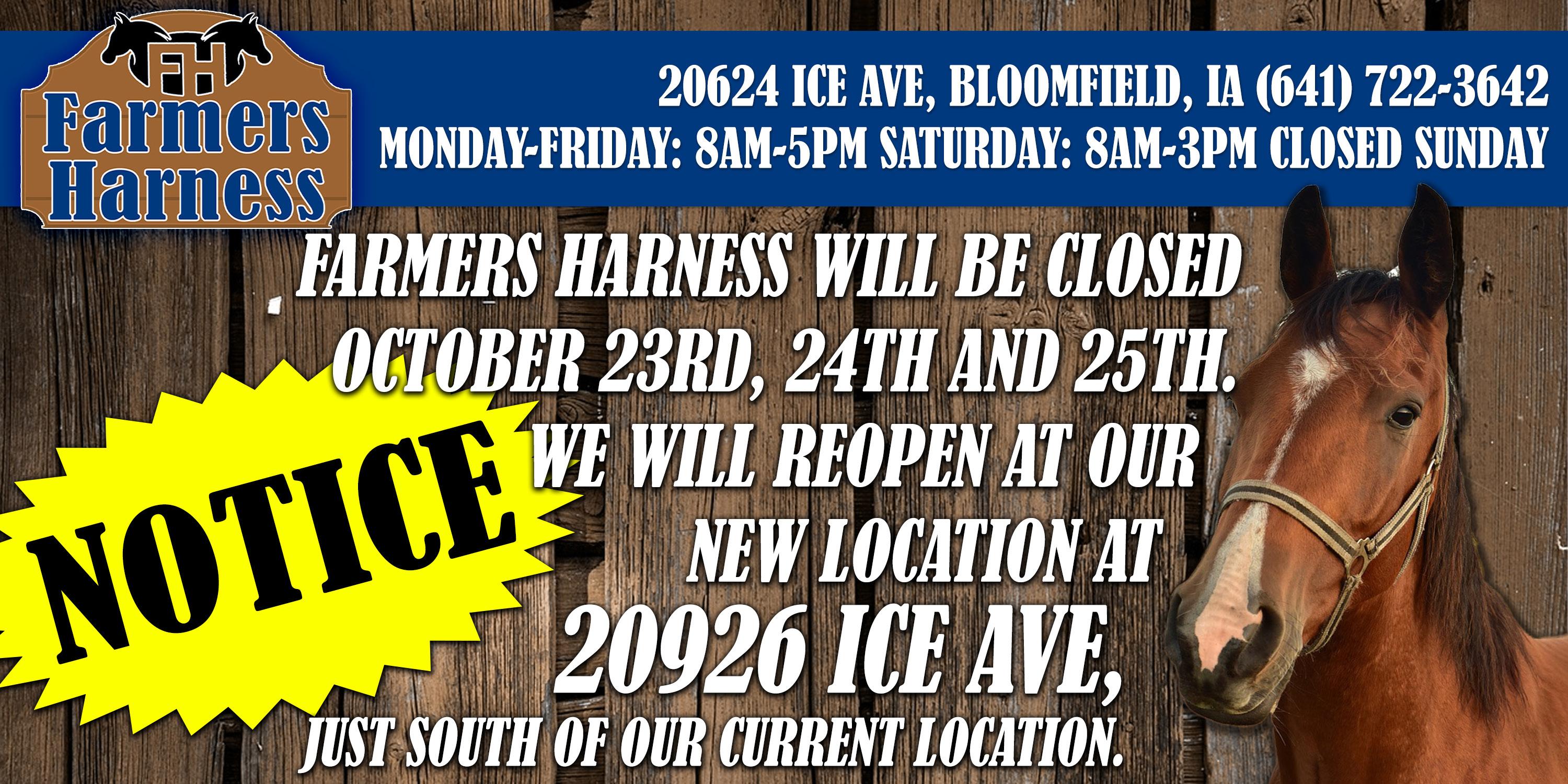

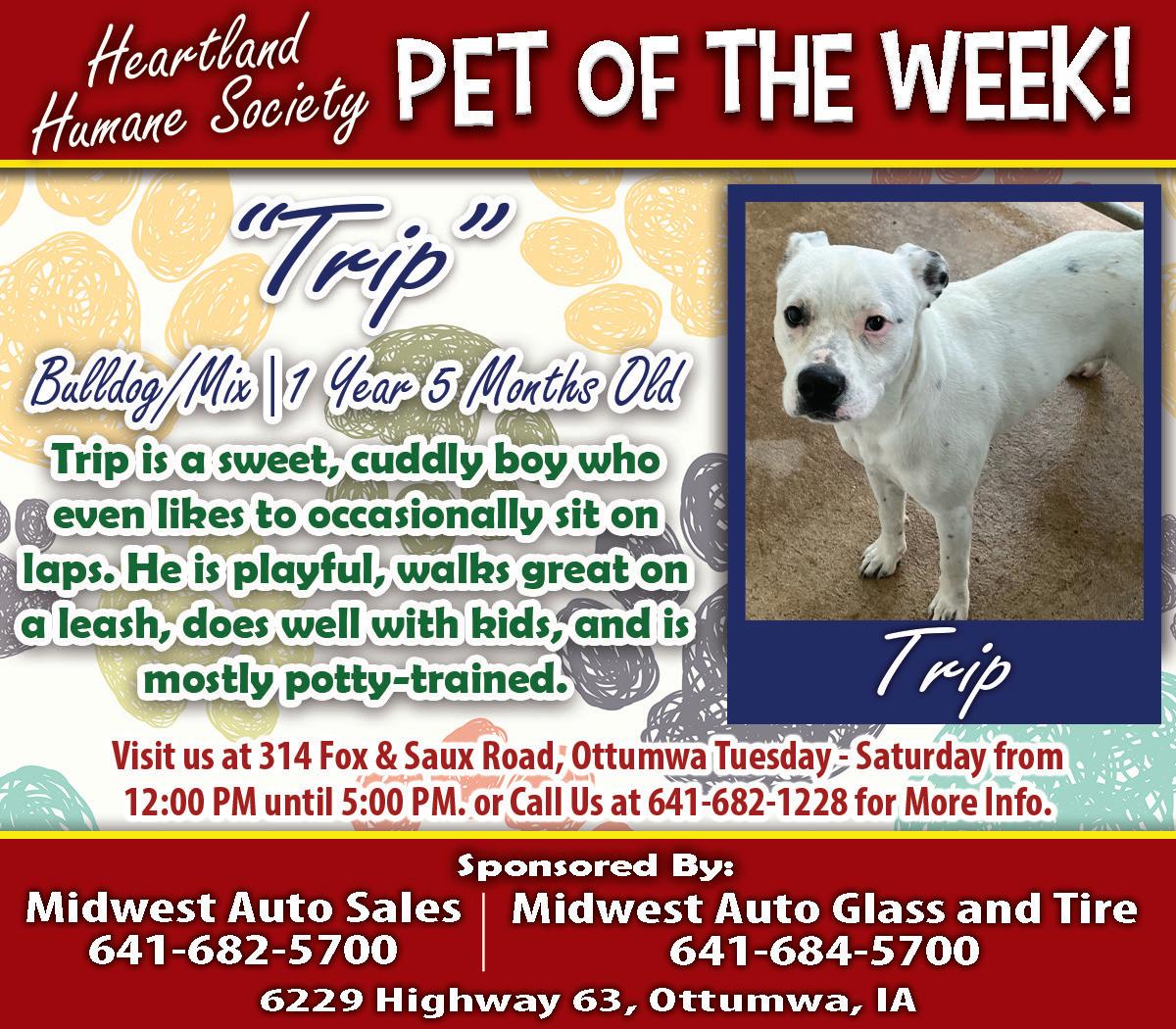
Cancer!
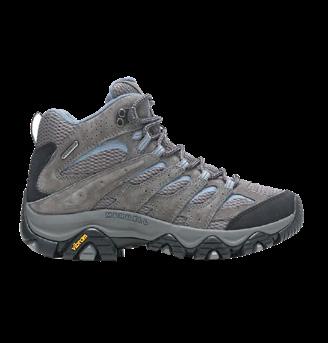



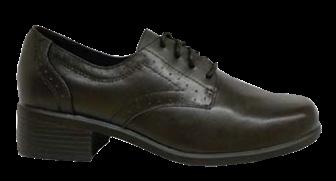








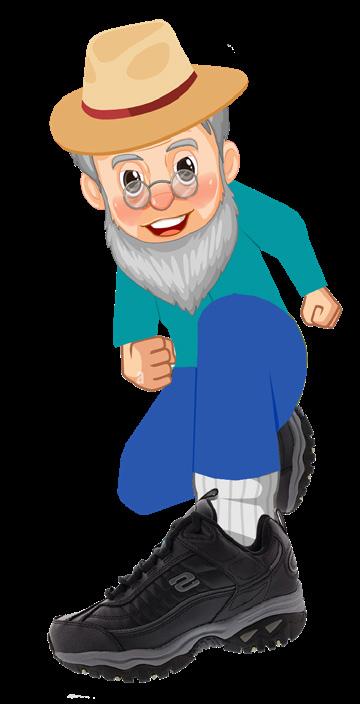




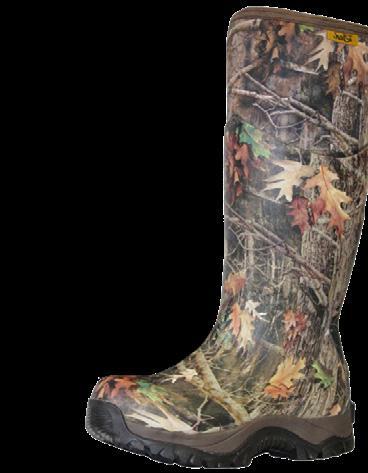

It’s been a rough year. At the age of 76, in less than 12 months, I have had prostate issues, neuropathy in my legs, a heart pacemaker, and now, cancer. Yep. I feel like a worn out old Ford truck— fix or repair daily. Thank God for good mechanics, I mean doctors. Cancer was the furthest thing from my mind. Cancer was something other people had. There wasn’t much cancer in my family, so it wasn’t a hot topic around the Sunday dinner table. In fact, I was under the somewhat laughable belief that cancer was the result of a troubled mind, i.e., people who were full of resentments and spite got cancer. You know the spiel, “It serves him right. He led a life of evil and dirty deeds. Cancer ate him up!”
call a lesion. A biopsy revealed that the lesion was neuroendocrine carcinoma. I was referred to the University of Iowa Hospital. In the interim between the referral and my appointment, Ginnie and I started drinking aronia
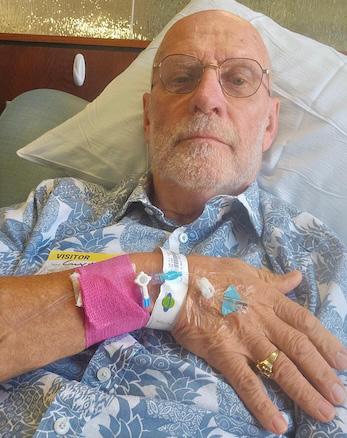
juice every morning that farmer friends gave us. Lo-and-behold, by the time we got to U of I, the lesion disappeared. The doctors, and they are brilliant, were a little taken aback, but they forged on. After biopsies and two PET (Positron Emission To -
mendation was three infusions, three weeks apart, followed by another PET Scan. I had my first infusion, and it went well. The infusion center at the U of I is impressive. There are 40 infusion stations, and the staff treats you like royalty. I was a little sick after the first infusion, but nothing serious. The swollen lymph nodes in my neck are reducing in size and lesions disappeared.
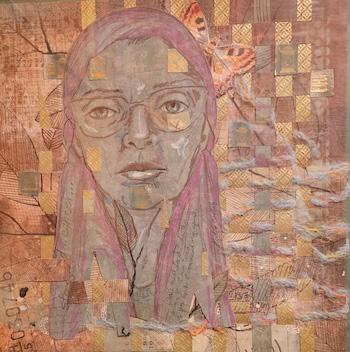
35 years ago, I gave up, out of necessity, alcohol, tobacco and mood altering substances. I exercise daily, try to keep my weight under control, and practice a good Christian life. All of this combined, I thought, should pretty much ensure a long and healthy life. My life may still be long and healthy. I dunno. My cancer, at Stage 3, is relatively minor compared to some of the more serious cases.
The cancer started in my scalp, a red splotch the doctors
mography) Scans, their diagnosis was Merkel Cell Carcinoma, caused by UV rays (sunlight) on my scalp, that spread into the lymph nodes in my neck. Two-ina-million people have Merkel Cell Carcinoma. Lucky me. (Everything happens for a reason.) Their recommended treatment was infusions of a new immunotherapy drug, Keytruda, that boosts the body’s immune system to fight cancer cells. Of course, there can be side effects. Their recom-
Ginnie and I are continuing to drink aronia juice daily, in the hope that the juice, which is high in antioxidants and anti-inflammatories, will work with the immunotherapy. They may counteract. We’ll see. I recently participated in an art contest and reception for Louisa County in Morning Sun. There was a mixed media painting that I really liked, titled “Self Portrait at End of Treatment” by Judith Costello. I made up my mind that if I sold one of my sculptures that I had in the contest, I would buy the self portrait. Well, I sold a sculpture, “Myrtle the Turtle,” so I approached Judith with the offer to buy. She readily accepted and we had a nice chat about cancer treatment and recovery. She asked me how long it took for my infusions. I told her 15 minutes. She said hers took five hours. She also had radiation in addition to chemo therapy, followed by immunotherapy, like I was doing. She’s fully recovered now, and doing well.
I have her self portrait hanging in the spot where I meditate and say my morning prayers (the toilet, if you must know), asking for healing for me and others. I find her self portrait inspiring. We will whip this cancer together.
I appreciate all the prayers I have received from friends and strangers alike. Also, in case you’re wondering, drinking is not an option.

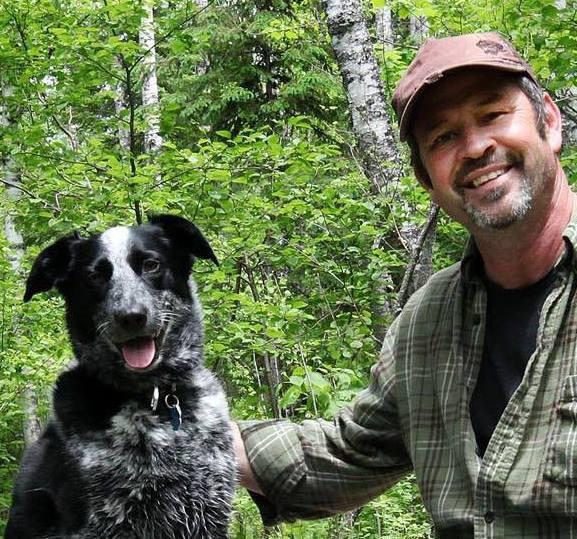
Field of Sheep
Centuries ago, a Lyon ancestor of Melissa’s was gifted a large area of land between two hillsides in Scotland, for his support of William the Conqueror. Today this is know as Glen Lyon and it is classic Scotland.
Glen Lyon is a beautiful place. At the head of the Glen is a large lake. Loch Lyon, feeds the River Lyon as it flows through the valley between two ranges with a lush, green valley in between. Near the edge of Glen Lyon is the village of Fortingall; a small village of restored homes, a farm, a church, and a hotel. Next to the church is a famous yew tree. The tree is said to be 5,000 years old.
Legend is told that Pontius Pilate (who presided at the final trial of Jesus and gave the order for his crucifixion) was born in the area and played under this tree as a boy.
My wife and I stayed at the hotel bearing the namesake of the small village of Fortingall.
A small, very narrow road separates the hotel from plush green pastures

where sheep are grazing.
During our stay at the Fortingall Hotel, we met the staff: Richard is from London, Sandie is from South Africa, and the chef, Jozef, is from Slovakia. Nearing the end of the season, the staff had time to relax, enjoying casual conversation with us.
“What kind of things do you write about,” Jozef asked me.
“I write about real life experiences: things I’ve done, people I meet, places we’ve visited, and things I see,” I replied. “Some people tell me that ‘I see things,’ but I don’t see any more than everyone else - maybe I just see it differently; from a different perspective.”
“What do you mean,” Jozef asked. I motioned for him to join me at the front door.
We stood together on the top step. “Look in front of you and tell me what you see, Jozef,” I said to my new friend.

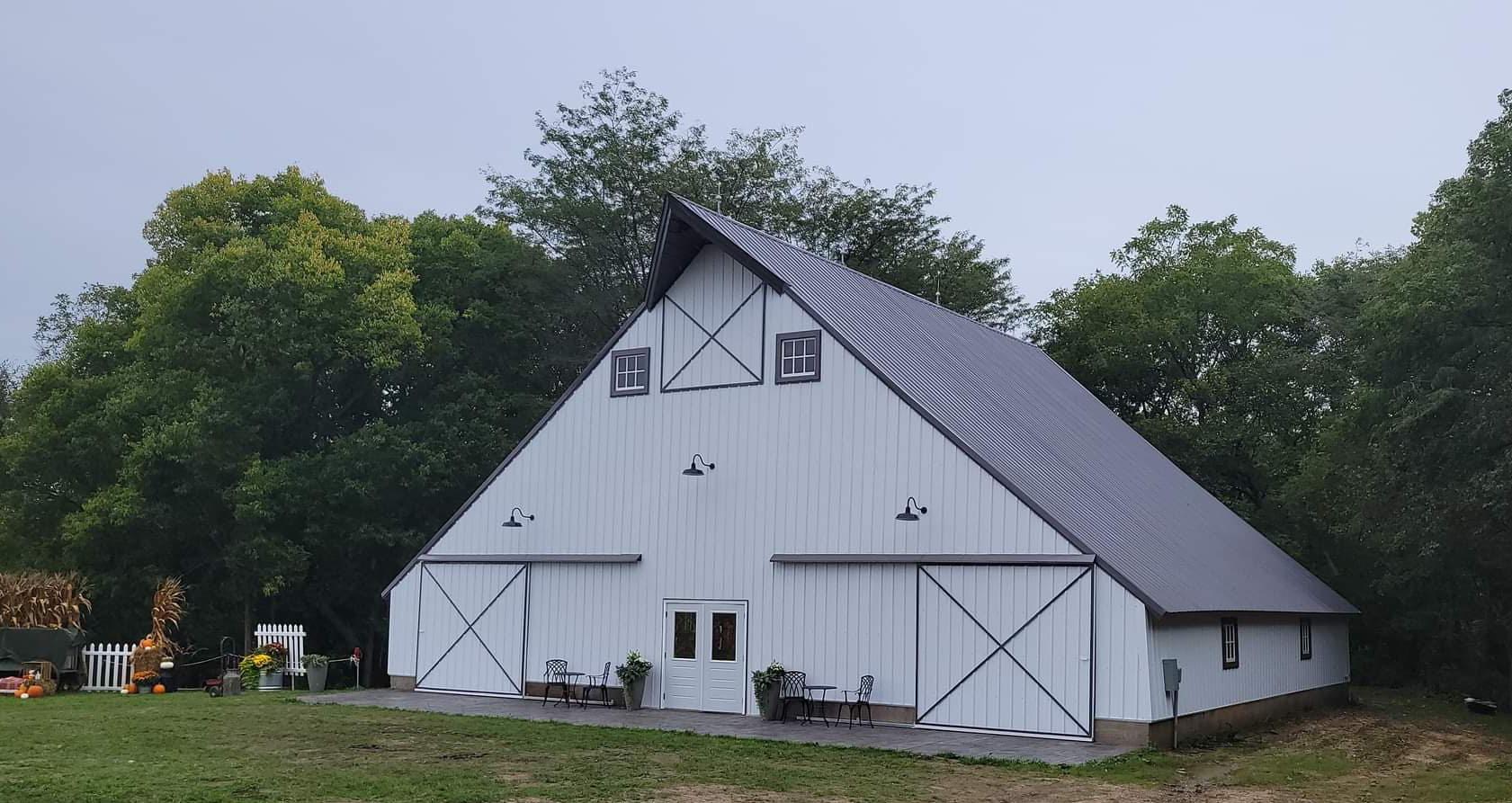
“I see the beautiful hillside beyond the pasture of lambs,” Jozef replied. “What do you see?”
“I see the same things as you,” I answered. “But I noticed most of the sheep are white, and just a few are black.” Then I said to Jozef, “In America, a black sheep is metaphorically someone who is different, they stand out from their peers, but not necessarily in a good way. A black sheep is independent, often rebellious and does things their own way without consideration to what is traditional or ‘the norm,’ and their actions often bring shame or embarrassment upon a family or a village, thus making them ‘the black sheep.’”
“It means the same thing in my country,” Jozef said. “But how do you see this view differently?”
“I don’t think the white sheep know they’re white, and the black sheep don’t know they’re black. They are just a herd of sheep living together in a field; feasting side by side on the rich, green grass. What if people lived like that?”
Jozef looked at me and smiled with understanding. “What else do you see.”
“I see a one-track road so narrow that two cars cannot pass until they come to a passing place.
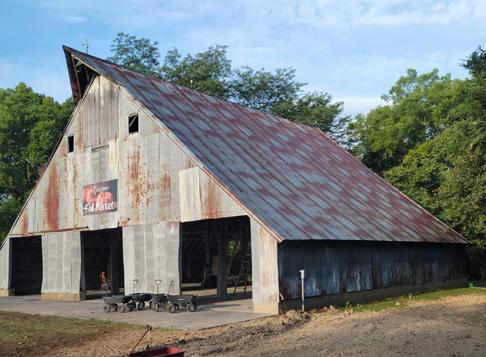



The pavement has a lot of potholes and the sides are often broken off with deep ruts and edges so jagged, they could easily cut a car tire.”
“I see that too,“ Jozef said sarcastically. “Remember, I drive this road most days.” We shared a good laugh about that.
“You see, Jozef, people will see what they’re looking for,” I said. Some people would drive down this lane cussing the pavement; complaining about the narrow path so much so, that they never notice that beautiful hillside, let alone the sheep in the pasture. They only see the potholes; I have to ask, is that what they’re looking for.”
Jozef nodded in agreement. “Have you become used to the roads yet,” he asked.
“I’m having a blast driving,” I said. “But y’all drive on the wrong side of the road, ya know.”
“I’ve heard that,” Jozef laughed.
“Obviously the roads are narrow, and demand the driver’s close attention,” I said, “The potholes, broken pavement, and ruts could cause a blown tire, damage to the vehicle, or worse yet, an accident; I already had a motorhome try to remove my mirror.” We shared another laugh
about that, as I’d already told Jozef that story.
“But the challenging road conditions offer a great deal of opportunity,” I said. “An opportunity to cooperate with other drivers, especially yielding at the passing places. We could choose to butt heads, demanding our passage and clogging the roads, slowing everyone down.”
I went on to say, “Not far down this road, there’s a narrow blind corner turning sharply to the right. Some would see that as a potential place for a collision, and it very well could be. But I see it as an exciting opportunity to explore what lies on the road ahead. New places to go, things to see, people to meet. How exciting is that blind corner?”
I pondered my thoughts for a moment. “Before visiting Scotland, I was told about the one lane roads, with two way traffic. It would seem an impossible situation, from an Americans point of view, but the Scots have been safely traveling these same roads for hundreds of years.”
I started to laugh. “Do you suppose the Scots learned to share the road from the sheep sharing the fields?” Maybe America needs more sheep farmers.


